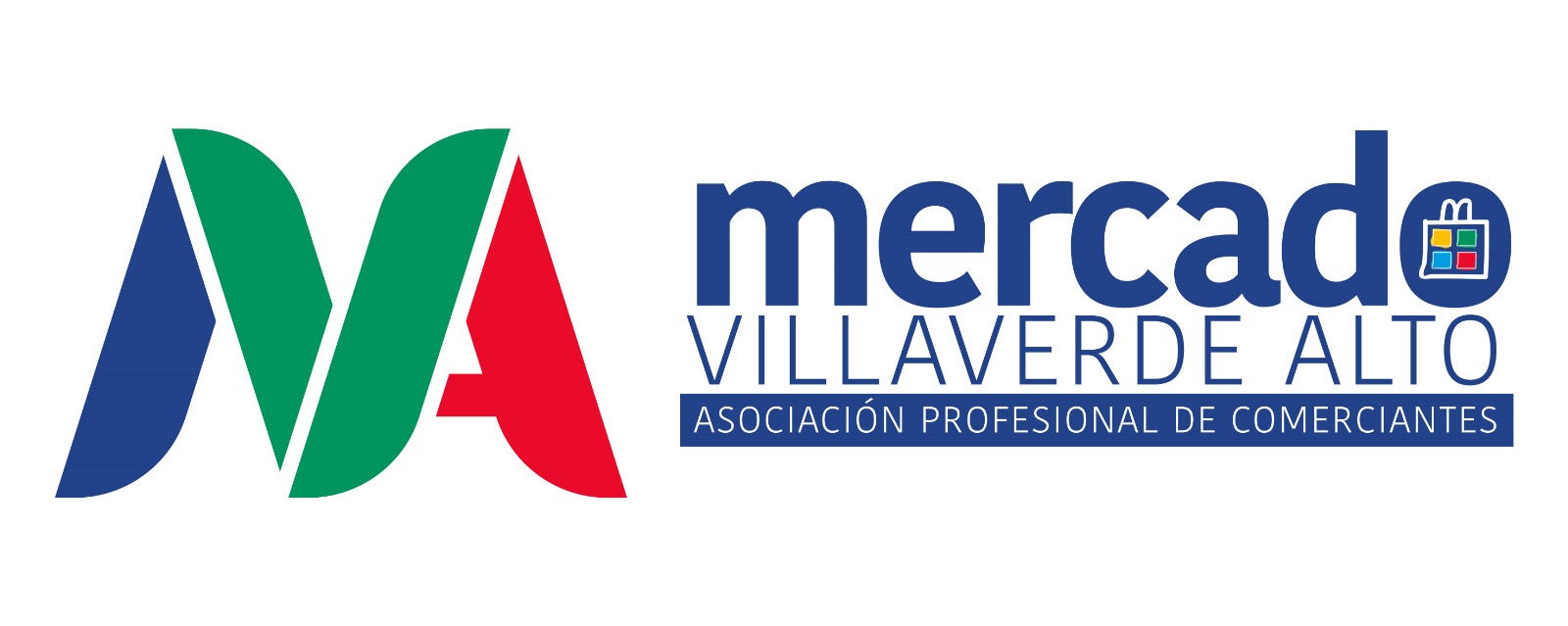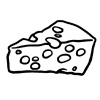Standard Costing: Meaning, Objectives, Types, Advantages and Disadvantages

So the skilled worker only gives pays attention to improving the activities of the unskilled workers. Standard costing system is economical system from the viewpoint that it does not require detailed records. It results in the reduction in paper work in accounting and needs very few records.
Setting Standard Costs:
- Level of efficiency – The level of efficiency selected for fixing standards should be attainable with a reasonable standard of efficiency.
- This makes it almost too expensive for smaller businesses to afford.
- Public utilities such as electricity and water providers use standard costing to control costs and increase their efficiency.
- For example, a company might decide to streamline a high-cost activity, eliminate inefficiencies or adjust prices to reflect the true cost of production.
- That Gantt chart schedules resources, but then to get an overview of resource allocation, view the color-coded workload page.
- (b) Expected Standard – It reflects a level of attainment based on a high level of efficiency.
The basic principles of double entry in cost control account for both standard and non-standard costing systems are the same. Attainable standard reflects ‘ought to be’ cost under normal conditions with acceptable wastages and attainable and reasonable efficiencies. Standards set at this level are more realistic, while ideal standards are totally unrealistic. This standard level is widely used because it is best suited for performance evaluation and positively influences employee motivation.

Step 3 – Analyze and Evaluate Variances
The essence of standard costing is to set objectives and targets to achieve them, to compare the actual costs with these targets. Standard Costing is used to ascertain the standard cost under each element of cost, i.e., materials, labours, overhead. Standard costing is the practice of substituting an expected cost for an actual cost in the accounting records. Subsequently, variances are recorded to show the difference between the expected and actual costs.

Company Information
(3) Preparation of Manual – It is necessary to prepare a detailed manual for the guidance of staff. The manual should describe the system to be introduced and the benefits thereof. QuickBooks It is equally necessary to specify the classification of accounts, and coding incomes and expenses to facilitate speedy collection and analysis. (5) The technical process of operation should be susceptible to planning. (7) To provide a formal basis for asserting operational efficiency of the concern. But in large organizations where a lot of financial data originates daily, managers require some calculations to decide.
Step 5 – Time to Take Action
The most common variances that a cost accountant elects to report on are subdivided within the rate and volume variance categories for direct materials, direct labor, and overhead. Determine the cost per unit of the cost driver, which helps allocate overhead costs to specific activities based on their consumption. Using the cost driver rates, costs are then allocated to specific products or services based on their consumption of the cost drivers. For example, if a product uses 500 machine hours, and standard costing the cost driver rate is $10 per hour, the allocated cost for that product would be $5,000.
- This helps identify where things didn’t go according to the plan.
- Comparing with the actual cost shows if the goals have been met.
- Engineering specifications and production plans should be the basis for setting quantity standards.
- Under this plan stores ledger control A/c, WIP ledger control A/c and Finished Stock A/c are debited and credited both at actual and standard costs.
- If some of the operations applied to different products are common and repetitive, standards may be fixed for such components or operations with advantage.
- They can share files, comment at the task level and stay updated with email and in-app notifications.
- The essence of standard costing is to set objectives and targets to achieve them, to compare the actual costs with these targets.
Accountants establish standard costs at the beginning of each fiscal year. Just book an appointment for an exploratory call with our subject matter expert. Let’s see how these standard costs apply in a real-world example to understand better. As the name suggests, it bases on the assumption of the basic nature of company business over a long period of time. Therefore, this cost will only change when the core business of company changes.
Difference between Standard Cost and Estimated Cost

It does not mean that the company will not pay for actual they will compare the standard or estimated rates with the actual expense, and the difference will be shown as a variance. Utilize right accounting or billing software or ERP systems to simplify the tracking, comparison, and analysis of costs. Automation minimizes errors, saves valuable time, and offers real-time insights for quicker decision-making. Let’s look at this with an example if the typical labour cost for a unit was 5000 rupees, but the actual cost was 5500 rupees, then that 500 rupees is the unfavourable variance.

The first step is to set standards which are Car Dealership Accounting to be achieved, the process of standard setting is explained below. In other words, a business may not revise standards to keep pace with the frequent changes in manufacturing conditions. Standard costing is expensive and unsuitable for job manufacturing industries as they manufacture non standardized products such as catering, tailoring, printing, etc. Through fixing standards, certain waste such as material wastage, idle time, lost machine-hours, etc. is reduced. To help the management in formulating production policy and helps in fixing the price quotations as well as in submitting tenders of various products. Through the application of this costing it can be ascertained whether or not the activities of production are going on according as the pre‐determined plan.








